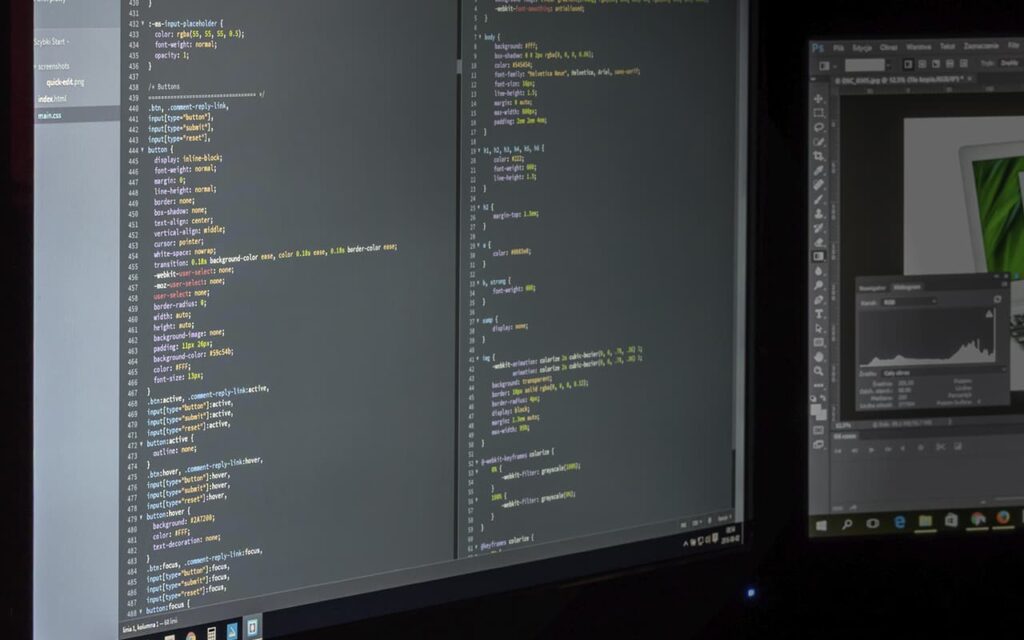Vue.js is a JavaScript library for creating web interfaces using the MVVM (Model-View-ViewModel) architecture pattern.
Since Vue works only at the “view layer” and is not used for middleware and backend, it can easily integrate with other projects and libraries. Vue.js contains extensive functionality for the view layer and can be used to create powerful single-page web applications.
Vue.js features:
- Reactive interfaces;
- Declarative rendering;
- Data Binding;
- Directives (all directives are prefixed with “V-“. A state value is passed to a directive, and html attributes or Vue JS events are used as arguments);
- Template Logic;
- Components;
- Event Handling;
- Properties;
- CSS transitions and animations;
- Filters.
The core Vue.js 2 library is very small (only 17kB). This ensures that the load on your project implemented with Vue.js is minimal and your site will load quickly. Download the corresponding .js file at the link.
Where Vue.js is used
Vue is suitable for small projects that need to add some reactivity, present a form using AJAX, display values on user input, authorization or other similar tasks. Vue scales easily and is well suited for high-volume projects, which is why it is called a progressive framework.
Vue is also great for large single-page applications due to its core components such as Router and Vuex. With Vue, you can both use public APIs to build applications and implement server-side runtime applications. But Vue is best suited for developing solutions that use external APIs to process data.
You can also use Vue to create a blog frontend on popular CMSs. Vue.js is also great for developing dynamic interfaces that adapt to the user.
